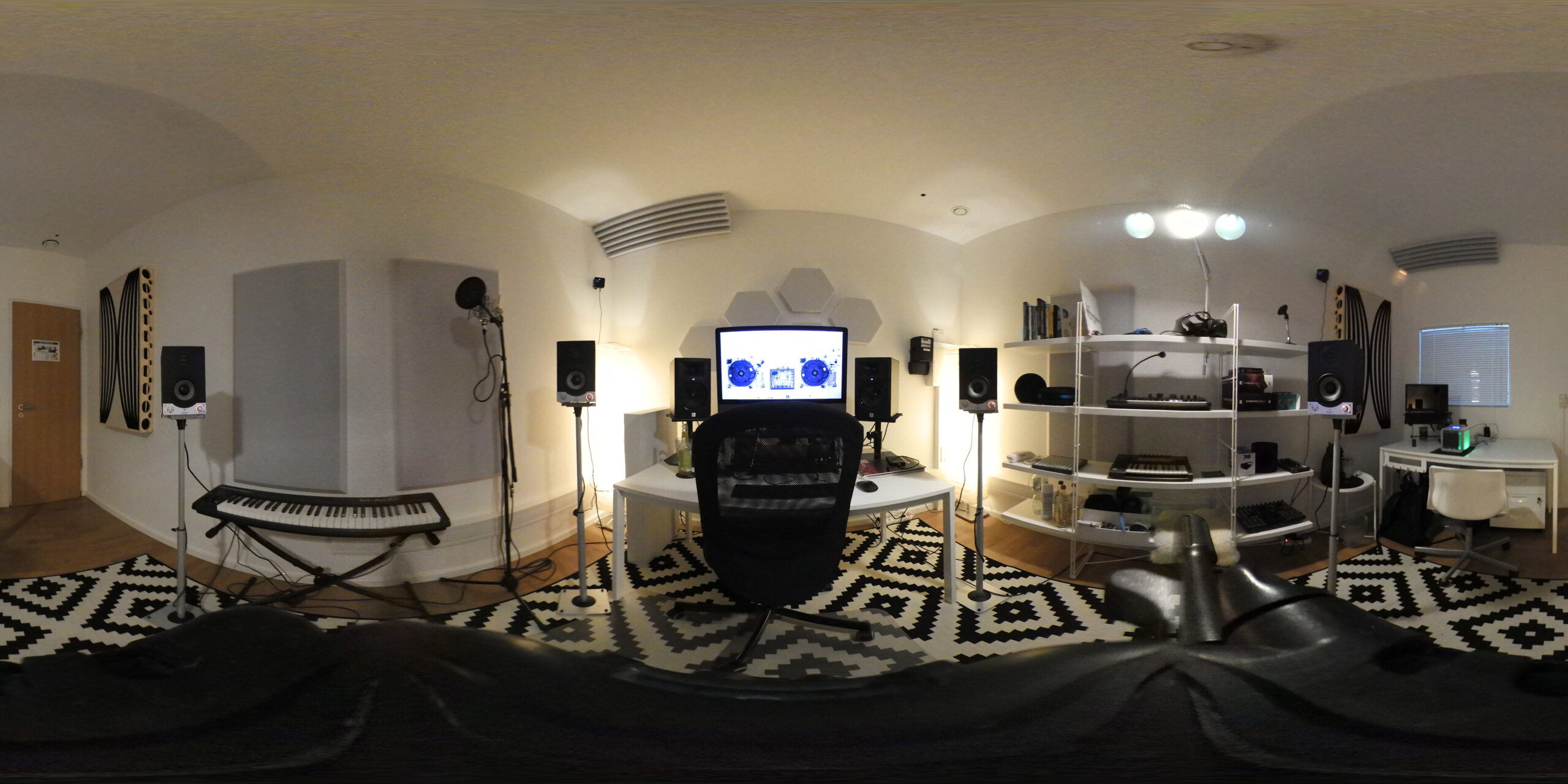UMG, Sony and Warner vs. Suno and Udio: A Legal Battle with the Potential to Reshape the Future of AI-Generated Music.
I first saw this on my WhatsApp, where LAIFE’s co-founder, Holger, sent me the lawsuit link.
Then I went to The Neuron to get more info.

June 24th 2024 was a pivotal day.
The day major record companies filed a lawsuit against Suno and Udio, for using their (the record companies) music to train their (Suno and Udio) AI to generate new music.
If you have time and have a basic understanding of legal jargon , here’s the link for the lawsuit.
It has some interesting and compelling points, such as the undeniable proof that the music generated by the AI companies are almost like the original ones used for training.
Ed Newton-Rex, VP Audio at Stability AI, wrote some prompts and got some very similar results to original songs such as:
Queen, Bohemian Rhapsody
ABBA, Dancing Queen
and almost any Ed Sheeran’s song
Sure, the overall sound quality needs some work, but the chord progressions, instrumentations, vocals, and beats per minute are almost like the real deal.
So, imagine if you or I copied songs like Suno and Udio, we’d be in hot water for plagiarism. But the main issue here is that these AI companies used someone else’s music to get these results.
This all raises a big question:
How can we make music without some kind of reference?
It’s hard to think about making music without knowing a bit about music theory or taking inspiration from songs we’ve heard before.
This was a big worry for us when we started LAIFE.
We wanted to make original music using AI. We aimed to use music theory from legends like Bach, Beethoven, Mozart, but without copying anything straight up.
So what we do is use MIDI files from copyright-free music. We train our model with songs that are 70 years old or older, so we’re not breaking any laws. But our end result is quite different from what Suno and Udio are doing. We’re all about creating soundscapes, musical moods, and ambient vibes, while they’re trying to make the next big hit with their AI-generated tunes.
This legal showdown really highlights the tricky balance between tech moving at light speed and the snail’s pace of new rules and regulations. Suno and Udio are turning the music world upside down with their AI-generated tunes, stepping into uncharted territory that doesn’t really have any laws to cover it yet. Sure, the record companies have an extremly fair point about copyright, but our laws and regulations haven’t quite caught up with what AI means for music and creativity on a larger scale.
This lawsuit really brings to the forefront the need for an in-depth chat about copyright in this AI-driven age. How do we strike a balance between protecting the original stuff and still leave room to push the envelope? Where’s the line between taking inspiration and just plain ripping off?
Waiting for the verdict on this one is like waiting for the drop in a dance track – the outcome will echo way beyond the music scene. It’ll probably set some ground rules for how AI fits into the creative world, what counts as an original work, and how we use old stuff to cook up new ideas.
Bottom line, this case is a major crossroads where AI and creativity meet. It’s a wake-up call for some crystal-clear guidelines that protect the folks who came up with the original tunes, while not stifling the exciting stuff happening with AI-generated art.
Best wishes,
Billy.

Leave a Reply